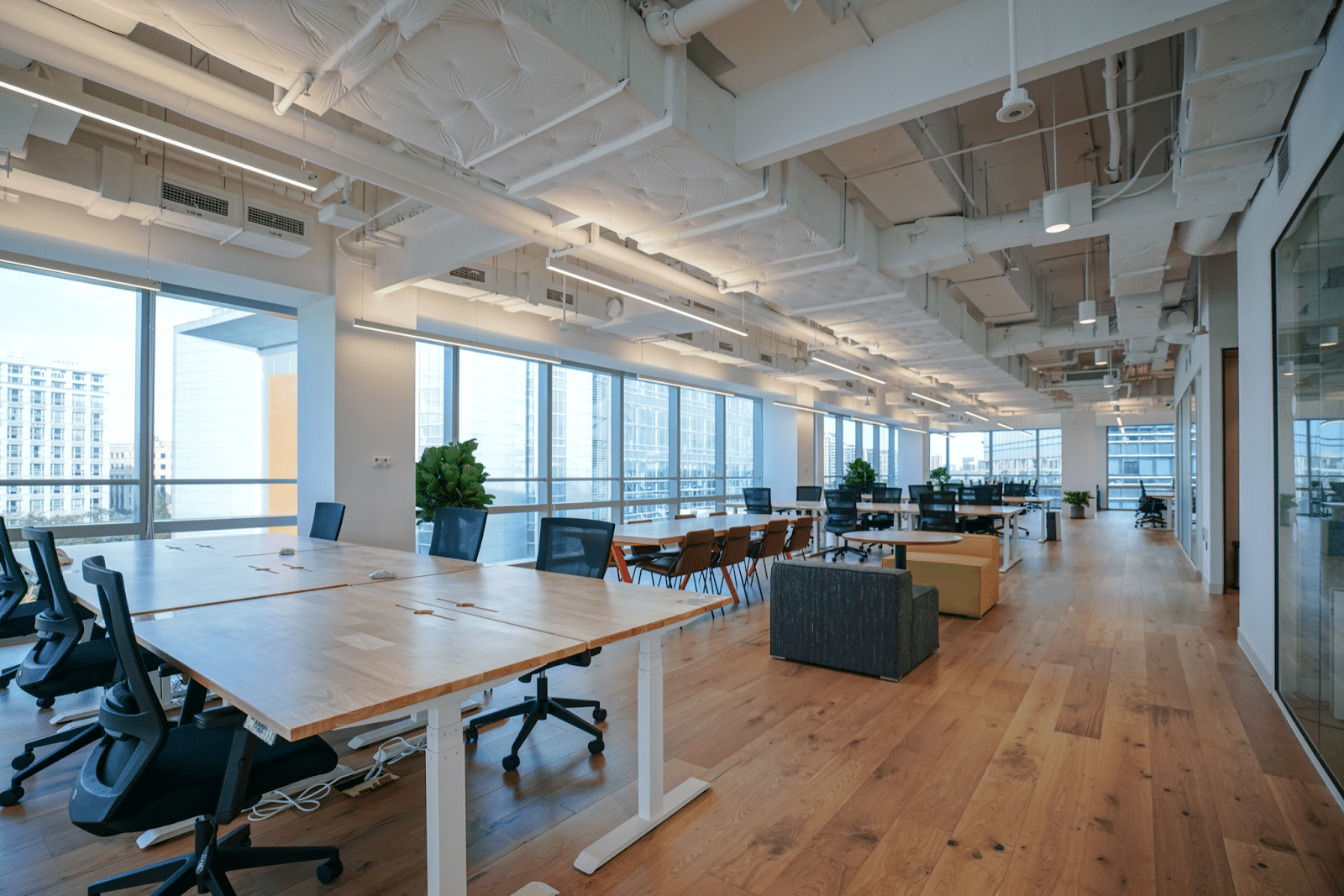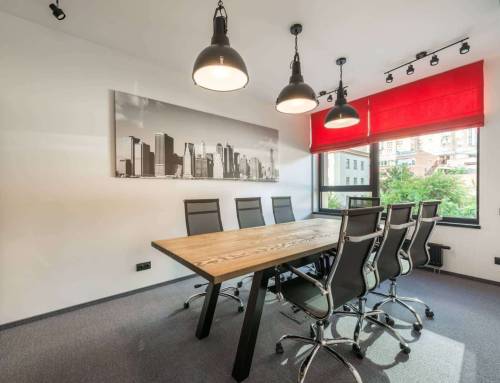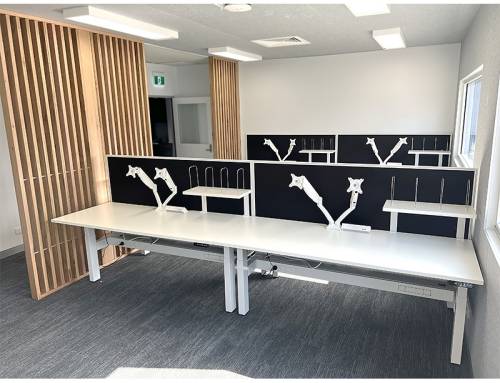In the modern world of work, the configuration of office space plays an integral role in fostering productivity and collaboration. One ongoing debate revolves around the desk location strategy: Is it better to have a hot desking model or maintain the traditional fixed desk arrangement?
This blog outlines an in-depth comparison, including the pros and cons of each method, to help you determine the ideal office desk location strategy for your office.
Hot Desking: Flexibility and Innovation
Originating from the naval practice of ‘hot racking’, where sailors on different shifts share the same bunk, hot desking is an office organization method where employees select their workspace on a first-come-first-serve basis daily.
Pros:
- Space Maximization: Hot Desking is an efficient way to use workspace, reducing the amount of vacant desks and potentially reducing rental overheads.
- Fosters Collaboration: As employees find themselves working alongside different teammates each day, it encourages cross-team collaboration and promotes a more cohesive organizational culture.
- Flexibility: Perfect for companies with different shift schedules, significant remote worker numbers, or many employees spending most of their time in the field.
Cons:
- Lack of Personal Space: Employees have less freedom to personalize their workspace, which may impact their sense of belonging or comfort.
- Hygiene Factors: In a post-Covid era, shared workspaces present sanitary challenges.
- Disruption: It may interrupt the workflow, with employees spending some portion of their time locating and setting up at a new desk each day.
Fixed Desks: Stability and Personalization
A fixed desk strategy ensures each employee has a permanent and personal workstation.
Pros:
- Comfort: Employees can create a personalized workspace that boosts their productivity and comfort.
- Consistency: Helps employees avoid the daily scramble for workspace and fosters a more predictable working environment.
- Privacy: Provides privacy that is beneficial for roles requiring confidential and uninterrupted conversations.
Cons:
- Limited Flexibility: This method may be less accommodating for businesses with flexible hours or a mobile workforce.
- Space Consumption: Depending on the number of employees, maintaining the fixed desk strategy often requires greater office space, which translates to higher real estate costs.
- Silos Formation: It may deter inter-departmental interaction, limiting the exchange of ideas across teams.
The Verdict
The decision between hot and fixed desks largely depends upon your organization’s culture, type of work, and workforce preferences. Hot desking could be a suitable strategy for businesses that value networking, collaboration, and flexibility. On the other hand, a fixed desk system might be preferable for offices that prioritize stability and personal space.
Considerably, an increasing number of organizations are implementing a hybrid model (a mix of hot and fixed desks) to maximize the benefits and offset the drawbacks of both methods. This strategy offers hot desks for employees who are often in the field while providing fixed desks to those who spend most time in the office.
Ultimately, the best desk location strategy is one that fits the specific needs and culture of your company while focusing on creating a comfortable and productive environment for your employees. This ensures that employees remain motivated, which, in turn, enhances their performance, regardless of the desk they are placed at.









